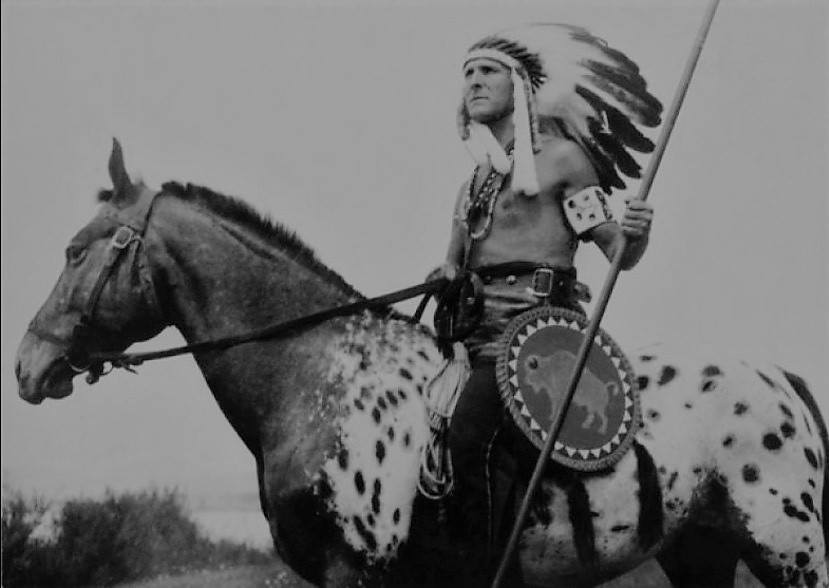The story of the Hungarian Indigenous people next to the River Danube

This Hungarian man was keen on Indian culture and has been to the country many times. Furthermore, he was also an enthusiastic researcher of this culture. He wrote several prestigious publications and books making him the first Hungarian ever been this interested and determining in the research of Indian culture. Besides India, he was also a fan of Indigenous cultures; he even brought it to Hungary and set up the first Hungarian tribe of such next to the River Danube.
Ervin Baktay (born as Ervin Gottessmann) was born in Dunaharaszti (Pest County) in 1890. He first studied painting in Hungary and then moved to Munich, Germany to continue his studies in the school of a Hungarian artist, Simon Hollósy. From 1920, he started to translate books and publications about India to allow Hungarians to learn about its culture. His most well-known translation is the Kama Sutra. Between 1926 and 1929 he travelled to India several times and studied the country.

Baktay was also the uncle of the most celebrated Hungarian-Indian painter Amrita-Sher Gil and even met Gandhi once.
During his lifetime, his most significant heritage was not only his enthusiasm towards India but for Indigenous people as well. He was the first Hungarian ever, who decided to simulate Indians’ life in Hungary. Baktay achieved to create what he just simply called “Indigenous-games” in the area of Kismaros, Danube, Hungary, and lived there with some of his friends and other people. They even dressed up, and used equipment ancient Indigenous people did use, for years and wholly shut out modern culture.

Baktay expanded the Indigenous camp to Verőce (Pest County) in 1931 and until the beginning of the 1960s he and his people returned to these camps every year.

From 1946, he became the director of the Hopp Ferenc Museum in Budapest, an institution that still exists today. In 1956 and 1957 Baktay and his wife had the privilege to take part in the celebration of Buddha’s 2500th birthday in India. He continued his passion towards India until 1963 when he died in Budapest.
Featured image: www.facebook.com/lenolaj
The story of the Indian Frida Kahlo born in Hungary – Photo Gallery
The Frida Kahlo Exhibition in Budapest had great success last year and became the most popular one in the capital city of Hungary. Thousands of guests had the opportunity to see Kahlo’s most famous painting, portraits, and secrets about her extraordinary life. The reason I am mentioning Frida Kahlo is that there was a woman in India who became known as the Indian Frida Kahlo, the country’s and the 20th century’s most successful painter. And, of course, she had Hungarian roots. Her name is Amrita Sher-Gil.
Source: Daily News Hungary






The indigenes of North, Central & South America are no relation to the subcontinent indigenes.